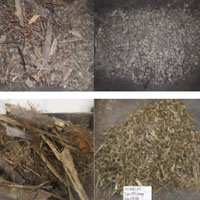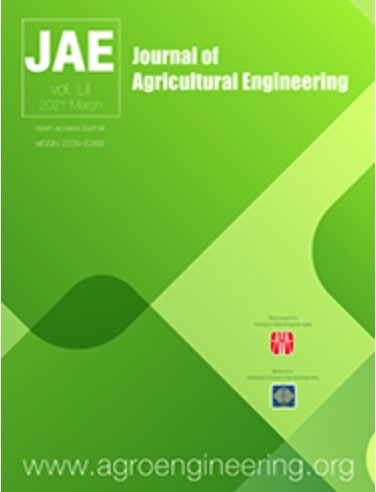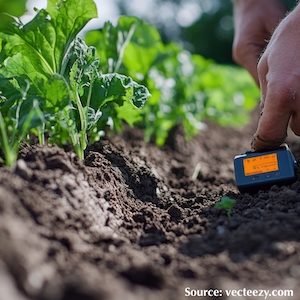Effects of degree of oil palm frond mulching using tractor mounted mulcher blades

All claims expressed in this article are solely those of the authors and do not necessarily represent those of their affiliated organizations, or those of the publisher, the editors and the reviewers. Any product that may be evaluated in this article or claim that may be made by its manufacturer is not guaranteed or endorsed by the publisher.
Accepted: 20 January 2021
Authors
This study investigates the influence of blade lifting angles, tractor forward speed, and tractor power take off (PTO) speed on the degree of mulching. Four blades with different lifting angles, two tractor PTO speeds, and three tractor forward speeds were assessed using the parametric test at the Universiti Putra Malaysia oil palm plantation. The result shows that the best-fit regression equation was a quadratic regression with a high coefficient of determination. It indicates that any change in this three-factor interaction has a significant effect using Tukey’s Studentized mean comparison and can predict the degree of mulching. Seventy-four percent of the degree of mulching variance is explained by blade lifting angles, tractor forward speed, and tractor PTO speed. Since the blade lifting angle was a major predictor of the degree of mulching, this result implies that any change in the blade lifting angle can provide a significant prediction of the degree of mulching in an oil palm plantation. Additionally, the predicted model can further be used to predict the degree of mulching during field operations, replanting, and access for mulching of oil palm fronds. A detailed field evaluation of the performance of a tractor-mounted mulcher with different blade lifting angles in other parts of Malaysia is highly recommended to cater for the differences in soil moisture content and bulk density.









